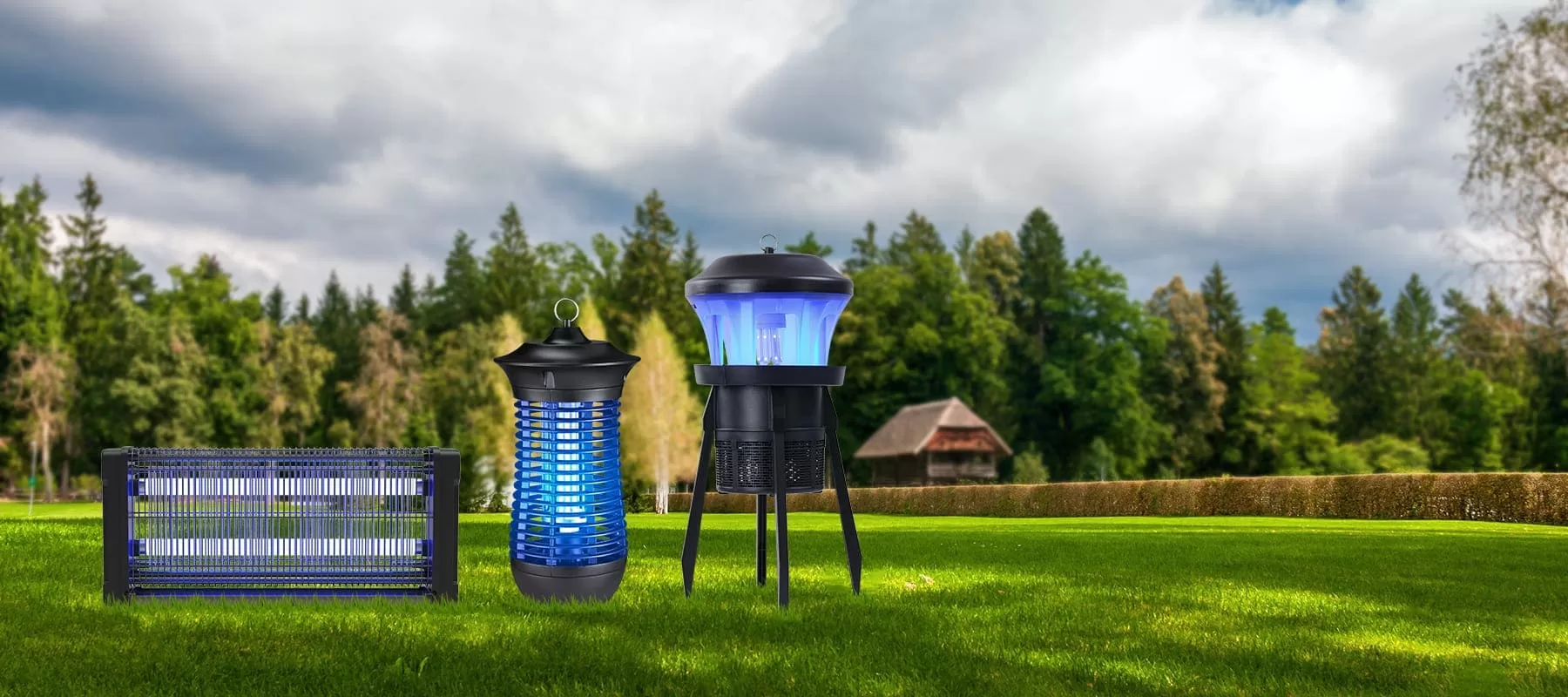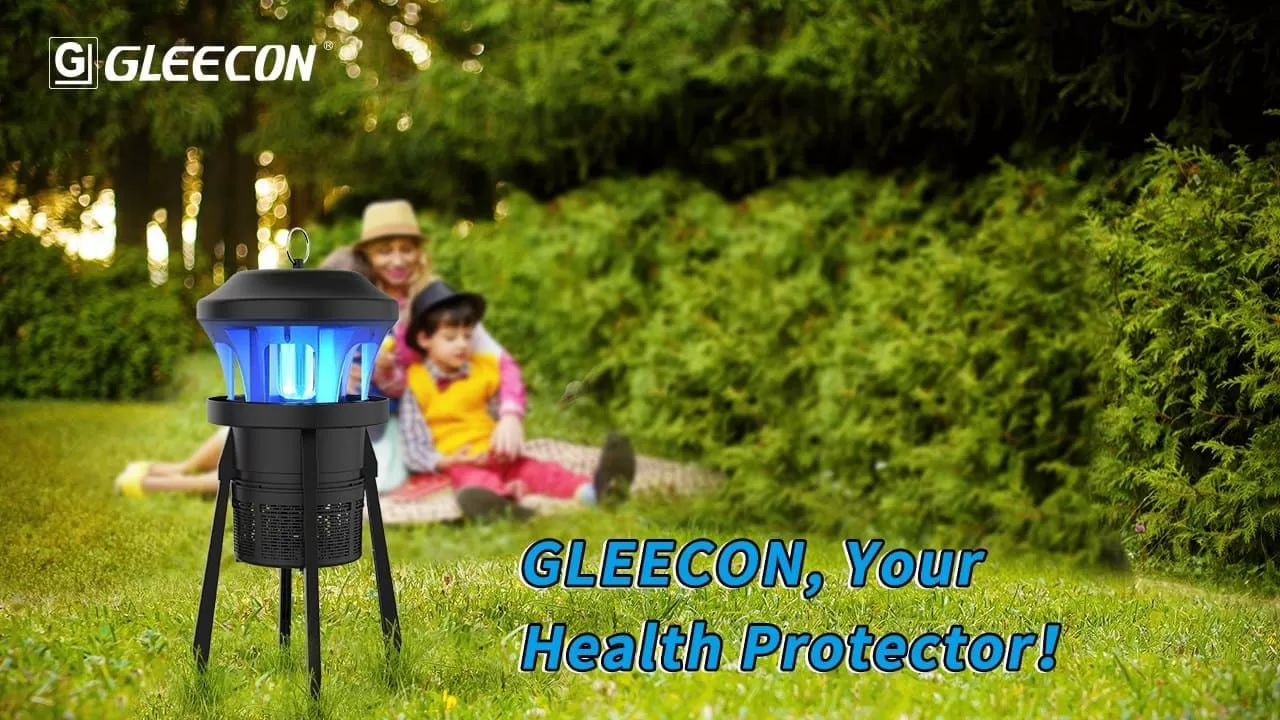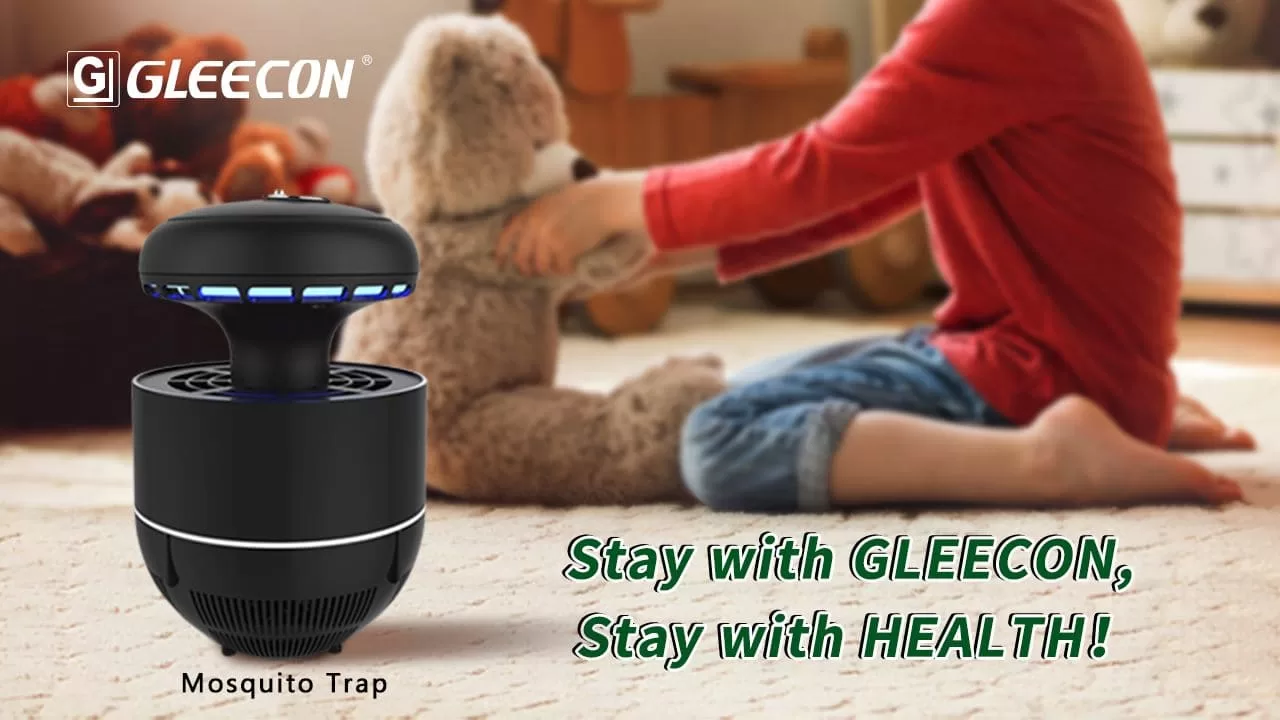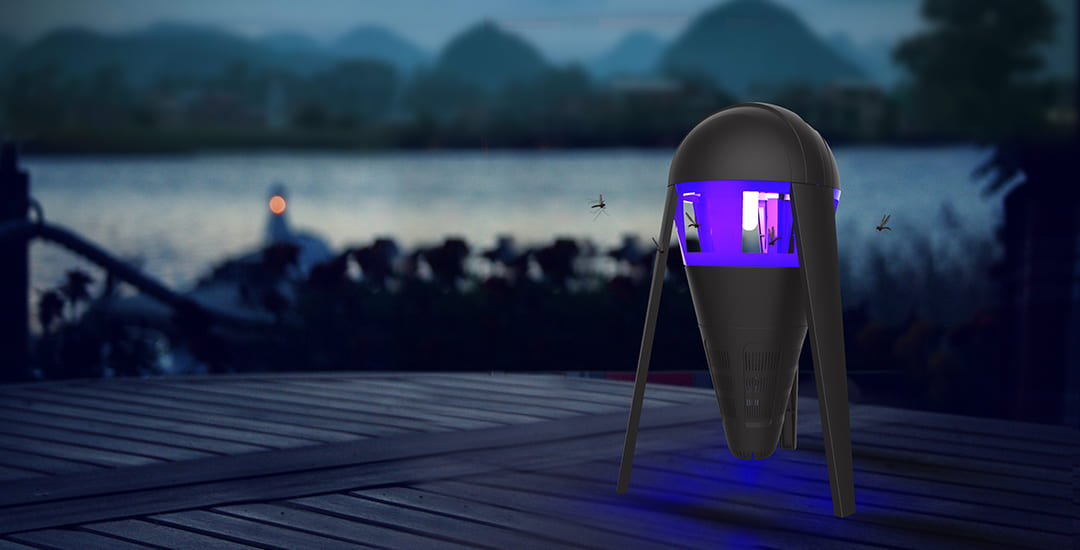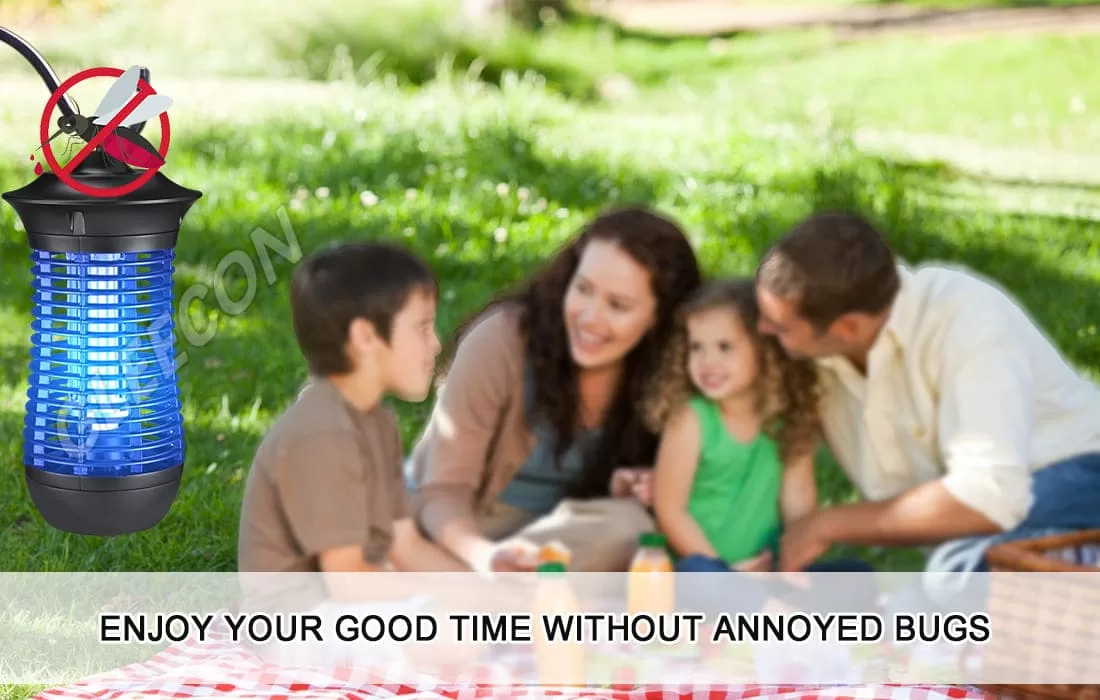Table of Contents
Introduction:
Adhesive light traps are popular tools for capturing flying insects in both residential and commercial settings. These devices use ultraviolet (UV) light to attract pests and adhesive boards to trap them, providing a non-toxic and efficient method of pest control. While adhesive light traps are effective in managing insect infestations, there are common mistakes that users may inadvertently make, compromising the traps’ performance and effectiveness. In this blog, we will highlight key mistakes to avoid when using adhesive light traps to ensure optimal pest control results and maximize the traps’ efficiency in capturing flying insects.
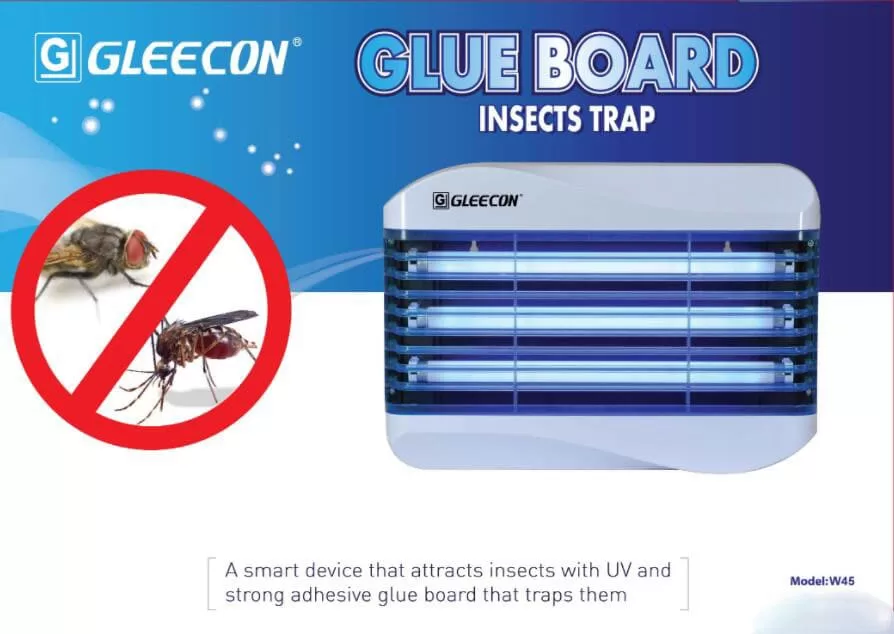
1.Incorrect Placement:
One of the most common mistakes when using adhesive light traps is incorrect placement. Placing the trap in the wrong location can significantly impact its effectiveness in attracting and capturing flying insects. To maximize the trap’s efficiency, position it in areas where flying pests are most active, such as near doorways, windows, or food preparation areas. Avoid placing the trap in direct sunlight or near competing light sources, as this can reduce its attractiveness to insects. By strategically positioning the trap, you can increase its trapping capabilities and effectively control insect populations in your environment.
2.Failure to Clean and Replace Adhesive Boards:
Regular cleaning and replacement of adhesive boards are essential maintenance tasks for adhesive light traps. Failing to clean the adhesive surface or replace worn-out boards can decrease the trap’s trapping efficiency and hinder its ability to capture pests effectively. Check the adhesive boards frequently for debris, dead insects, or saturation, and replace them as needed to ensure optimal performance. By maintaining clean and fresh adhesive boards, you can enhance the trap’s effectiveness in controlling flying pests and prevent potential infestations.

3.Neglecting UV Bulb Maintenance:
The UV bulbs in adhesive light traps play a crucial role in attracting flying insects towards the trap. Neglecting the maintenance of UV bulbs, such as cleaning or replacing them when necessary, can diminish the trap’s attractiveness to pests and reduce its effectiveness in capturing insects. Regularly inspect the UV bulbs for dirt, dust, or signs of damage, and clean them with a soft, damp cloth to maintain their output of UV light. Replace UV bulbs according to the manufacturer’s recommendations to ensure consistent and reliable performance of the light trap.
4.Overlooking Environmental Factors:
Environmental conditions can impact the performance and efficiency of adhesive light traps. Overlooking environmental factors, such as high humidity levels, air currents, or obstructions near the trap, can interfere with its ability to attract and trap flying insects. Keep the area around the trap clean and free from debris to maintain optimal airflow and visibility. Consider installing additional measures, such as screens on windows or doors, to minimize the entry of flying pests and support the trapping efforts of the light trap. By addressing environmental considerations, you can enhance the overall effectiveness of the trap in pest control.
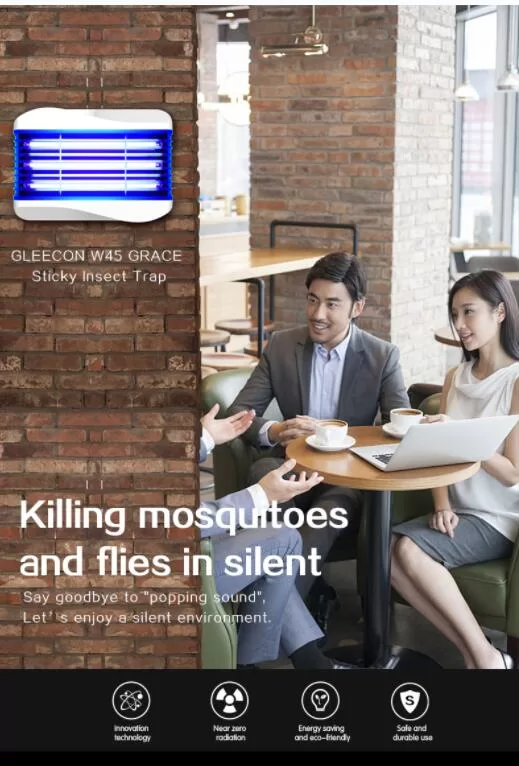
5.Using Inappropriate Trap Models:
Selecting the wrong trap model for your specific needs and environment can be a common mistake when using adhesive light traps. Different trap models are designed for various settings, such as residential, commercial, or industrial applications, each with unique features and capabilities. Before purchasing a trap, consider factors such as the size of the area, the level of insect activity, and the type of flying pests you need to control. Choose a trap model that is suitable for your requirements to ensure optimal performance and effectiveness in managing insect infestations.
6.Inadequate Monitoring and Maintenance:
Regular monitoring and maintenance of adhesive light traps are essential to ensure their ongoing performance and longevity. Neglecting to inspect the traps for wear, damage, or malfunctioning components can lead to decreased trapping efficiency and compromised pest control results. Establish a maintenance schedule to conduct routine checks on the trap, including cleaning, replacing parts, and testing its functionality. By staying proactive in monitoring and maintaining your adhesive light traps, you can address any issues promptly, extend their lifespan, and maintain a pest-free environment effectively.
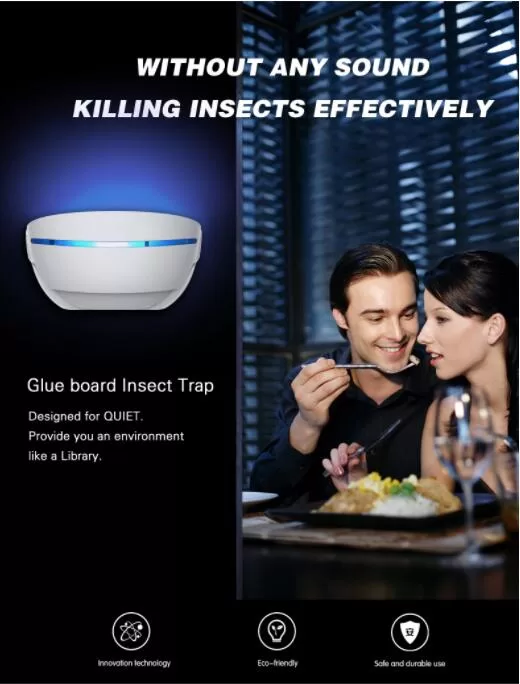
Conclusion:
Adhesive light traps are effective tools for capturing flying insects and providing a non-toxic solution for pest control in various settings. By avoiding common mistakes such as incorrect placement, neglecting maintenance tasks, overlooking environmental factors, using inappropriate trap models, and insufficient monitoring, you can optimize the performance and efficiency of your adhesive light traps. Remember to clean and replace adhesive boards regularly, maintain UV bulbs, consider environmental conditions, choose the right trap model, and conduct regular maintenance checks to ensure the traps’ effectiveness in trapping flying pests. With proper care and attention, adhesive light traps can continue to serve as reliable and efficient solutions for managing insect infestations and maintaining a pest-free environment.

